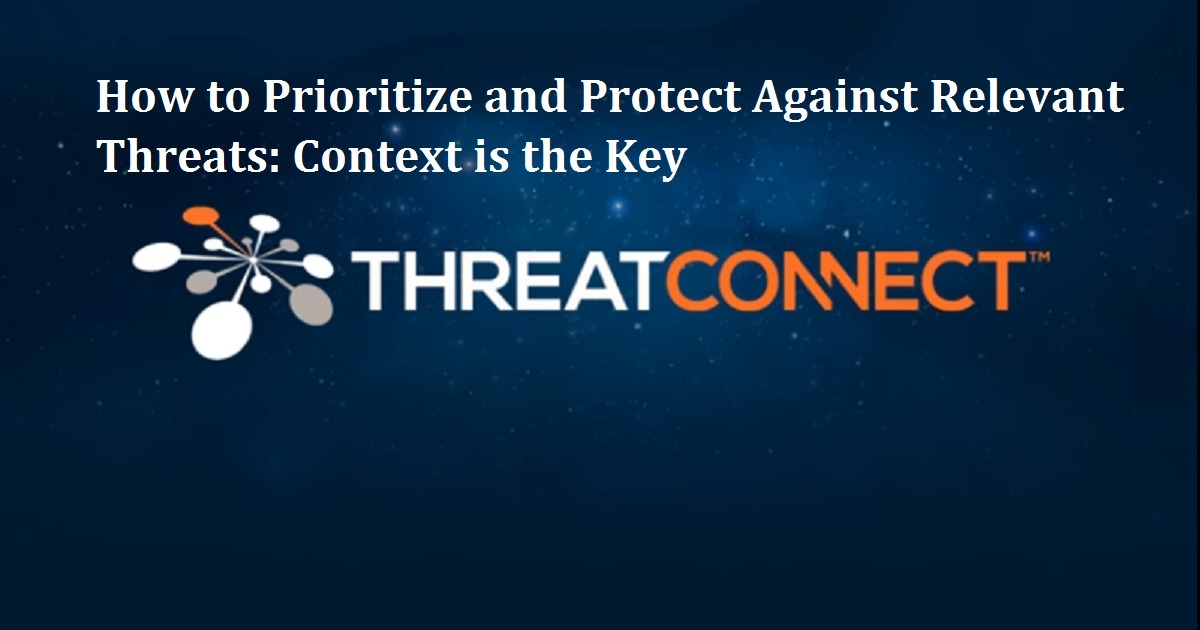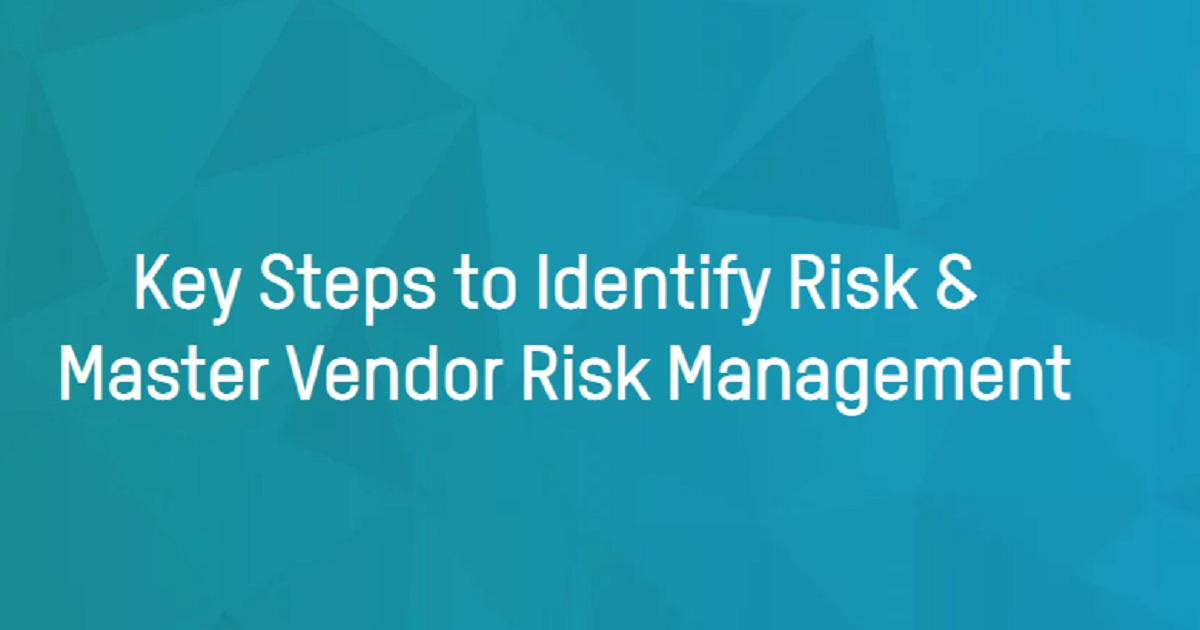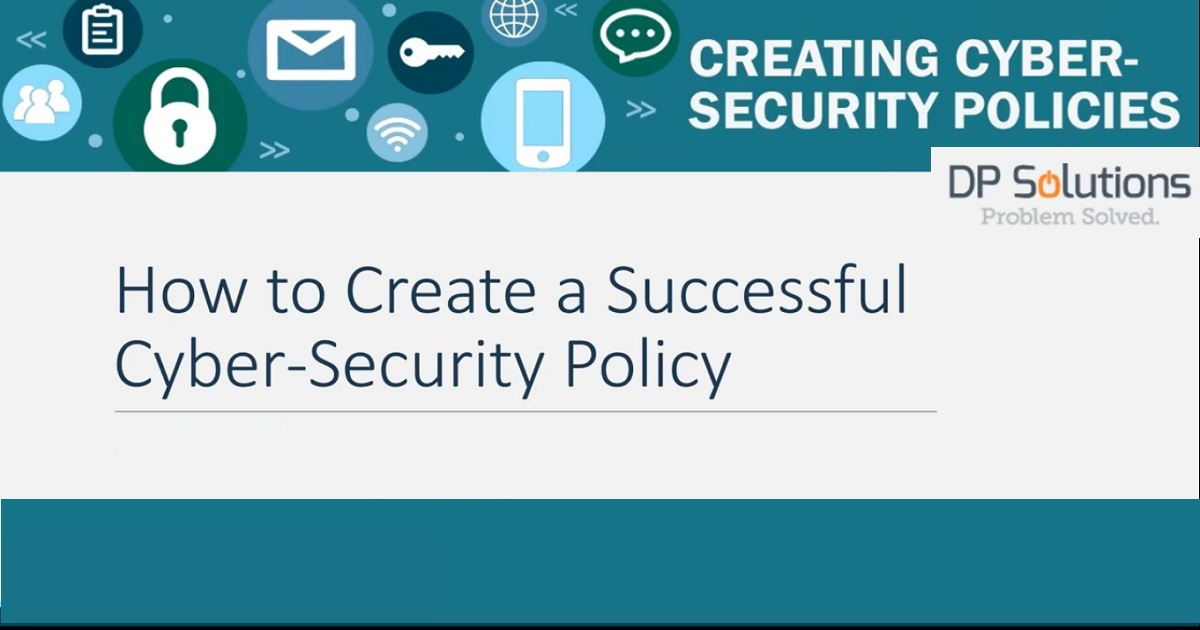
ThreatConnect
Joint webinar featuring ThreatConnect and FireEye iSight Intelligence: “How to Prioritize and Protect Against Relevant Threats: Context is Key”. The webinar covers how to prioritize your team’s response and put your intelligence to use.
Watch Now

BitSight
In today’s interconnected technology ecosystem, companies increasingly rely on third-party vendors to meet their operational needs. However, the current state of vendor risk management (VRM) is bleak. More than half of all information security breaches are caused by third-party vendors, and according to Deloitte, 83% of today’s business leaders lack confidence in third-party VRM processes. Understanding and managing cyber risk posed by vendors, suppliers, and third parties has proven to be a difficult task. The right mix of people, processes, and technology result in the most effective and comprehensive program.
Watch Now

DP Solutions
As security breaches become the new normal, having a cyber-security policy in place for your organization becomes essential. Technology alone cannot prevent a cyber-attack; therefore, businesses need to create a culture of security among their staff. The best way to do this is with cyber-security policies: a series of rules that define what end users may or may not do with their technology. In this on-demand webinar, DP Solutions’ Senior IT Risk Advisor Ben Schmerler discusses how to develop a solid and reasonable policy for your organization. From this webinar, you will learn: What information should be covered in your policies. Special considerations such as mobile devices, social media, compliance or legal concerns. How to properly document your policies. How to determine if your employees are following the policies. Technology options to enforce the policies.
Watch Now

Hrdive
Workers in finance know more than workers in other industries about cubersecurity, according to a report from Proofpoint. After analyzing more than 100 million answers to cybersecurity questions from employees in 16 industries, Proofpoint found that finance workers answered 80% of questions correctly. Transportation and education sector workers had the least knowledge among the various sectors, answering 24% of questions correctly on average, Proofpoint determined.
Watch Now